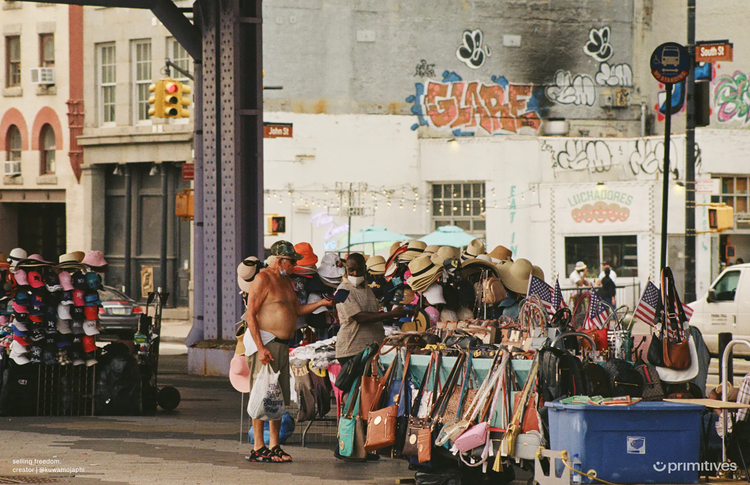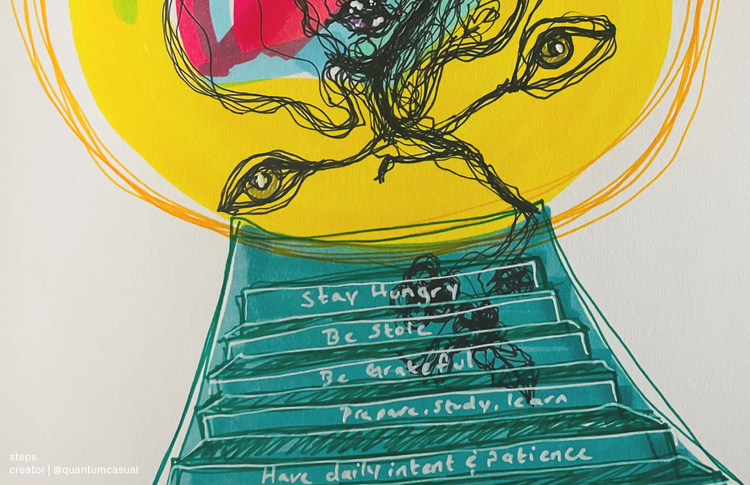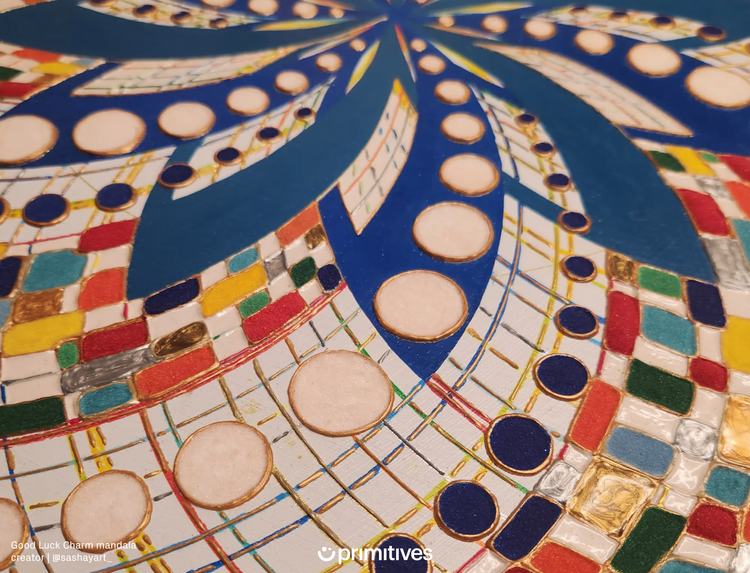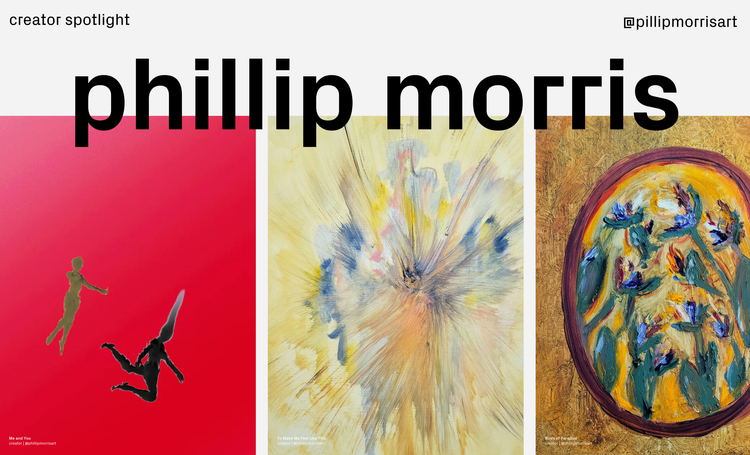"the essence of what something can be and not what we see"
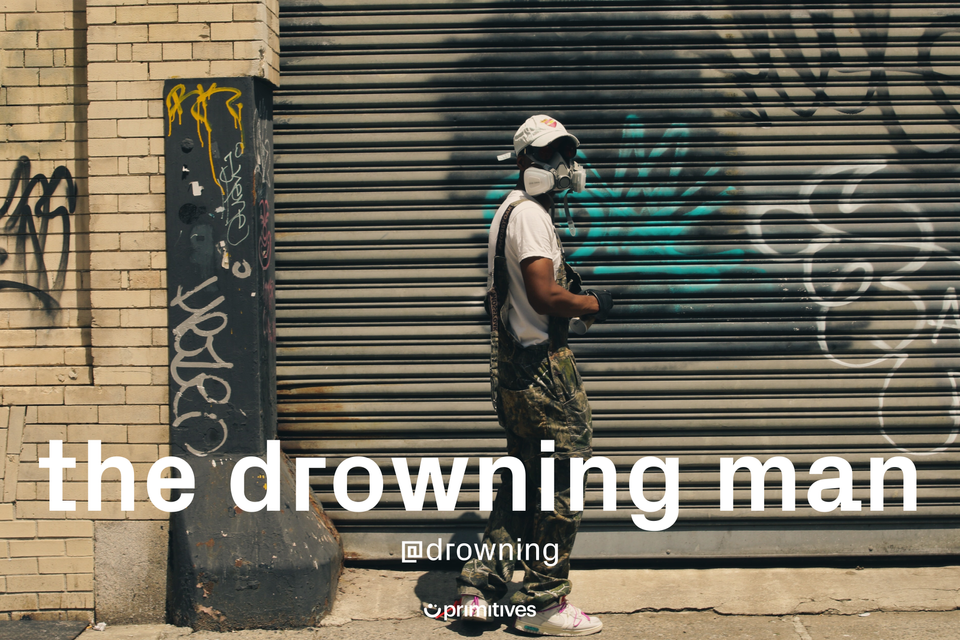
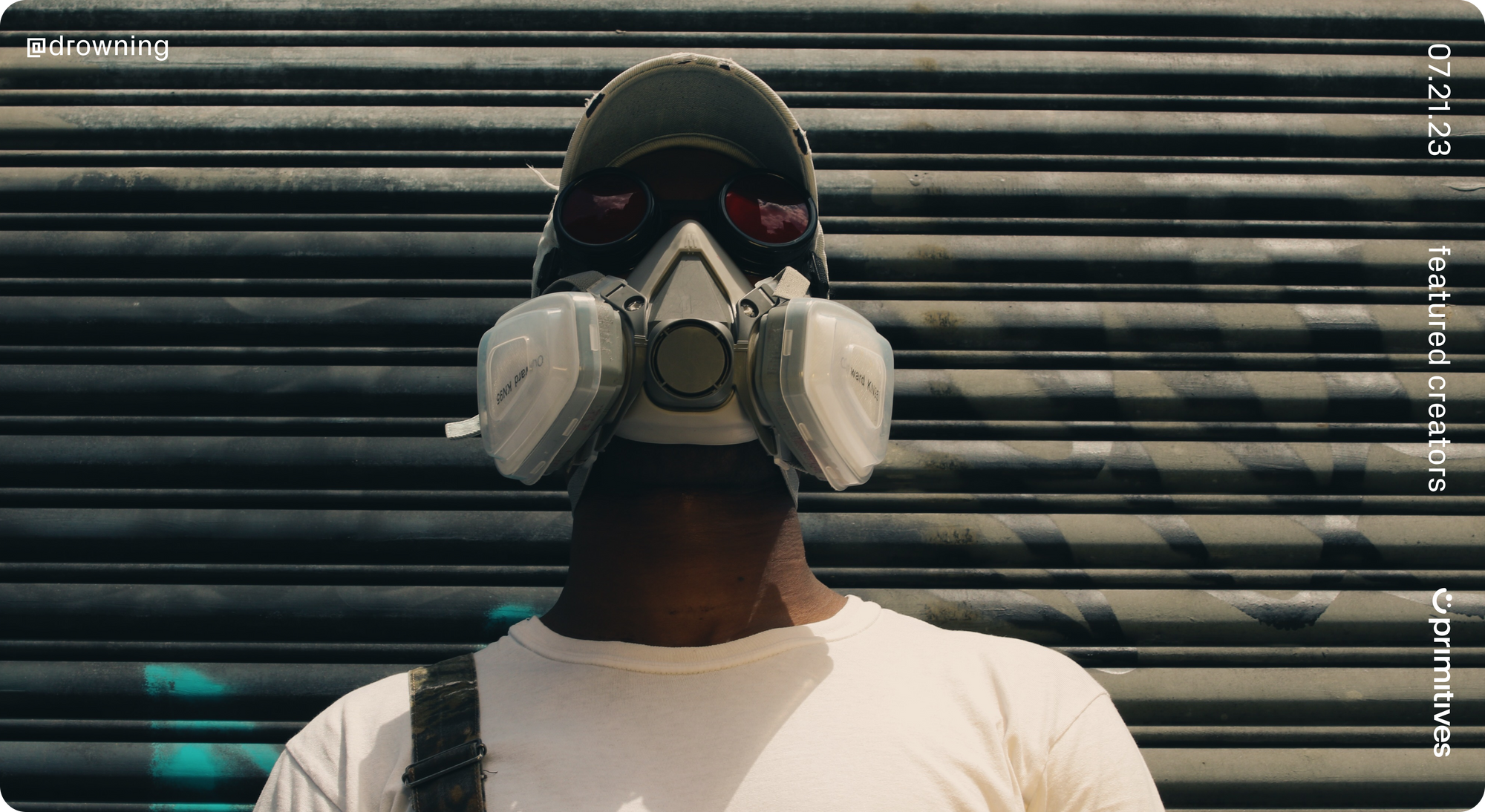
interview by: @sydneyia
art and photos by: @drowning
We can learn a lot from the drowning man. in our recent conversation, the harlem based creator spoke to his passion for storytelling, the origin of his name, and tempering inherent judgment as an artist. furthermore, the drowning man took us through his past and present art practices all while teaching us about different paint types, their use, and reasoning behind his selection.
where are you from and when did you get into art?
i'm a harlem, new york native. i was moved to orlando, fl for a while then came back to ny for college. i was living in long island before finding my way back to harlem recently.
i've always been an artist, i actually like to say i've always been a storyteller. storytelling is just a matter of what medium i have available. i started with sketches and drawing, messed around with charcoal, acrylic, and watercolor. when i graduated high school i pursued a different medium and in 2018 picked up painting again out of an emotional crisis. at that time i mostly used acrylic. around 2021 i decided i want to take art more seriously and i made the decision to look into showcases and all that.
where did your name the drowning man come from?
so in 2018 i started painting again out of an emotional crisis like i said, and i made a painting of that to try to encapsulate exactly what i was feeling which felt like i was was being immersed in water and constantly trying to move around in it. the piece that i made was called “the drowning man.” so in 2021 when i decided to promote myself as an artist, i adopted the name and persona of that piece. when i go out, in shows in public, i wear a mask and that’s just part of me trying to keep painting separate from the other mediums that i work in. i didn’t want people to either like or dislike my work because they knew me as another kind of artist or anything else.
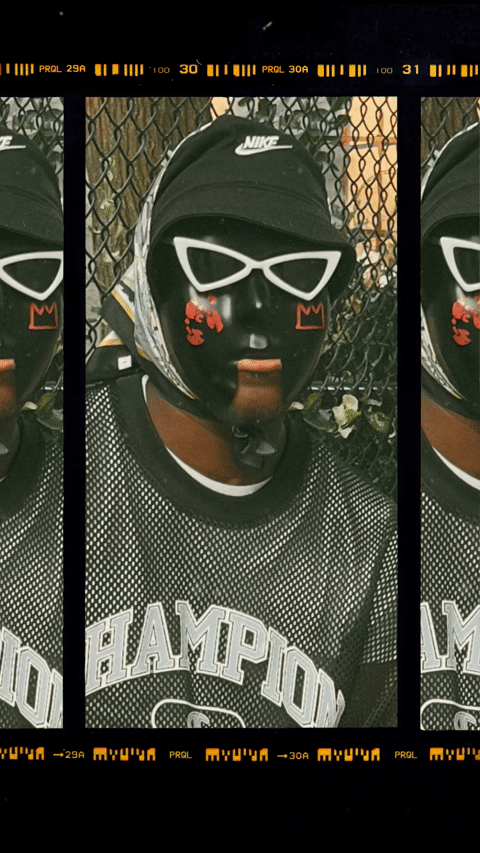
it’s unfortunately pretty inherent to be judged by your other mediums and not have a clean slate viewer's experience when trying something new.
when i started painting, i wasn't totally concerned with getting notoriety. i wanted to see how far it could go just on its own merit. i didn't want people to praise it because they like what i do in another medium/in another discipline. i also didn’t want people to hate it because they may think you do something else, you’re not a real painter. i witness it happen to a lot of people who try to cross over. even well known people like kanye trying to cross over into fashion, people didn't take him seriously because they just saw him as a rapper.
even when he wanted to rap, people were only looking at him as a producer too.
yeah. or tyler, the creator, getting into fashion. or maybe even like david lynch. i think people take him a bit more seriously. he's one of those people. i feel we're a lot alike as artists.
what is your source of inspiration?
my inspo comes from a variety of things but sometimes it can come out of feeling stagnant. for example, after working on canvas a lot, i got bored and wanted to see what else i can do on other surfaces. like what other stuff can i paint on. when i started working at the met, my art started to feel predictable, to me at least. i hate saying this about my own work, but it felt boring at one point. so although [the work] at the met may not have directly inspired me, it did show me that i can expand my range in any way. i think that was a turning point where my work started looking completely different. i’m not sure if that counts as inspiration. can also say a lot of my work is emotional and tied to what i might be feeling at the time, whether it's social commentary or just something personal.
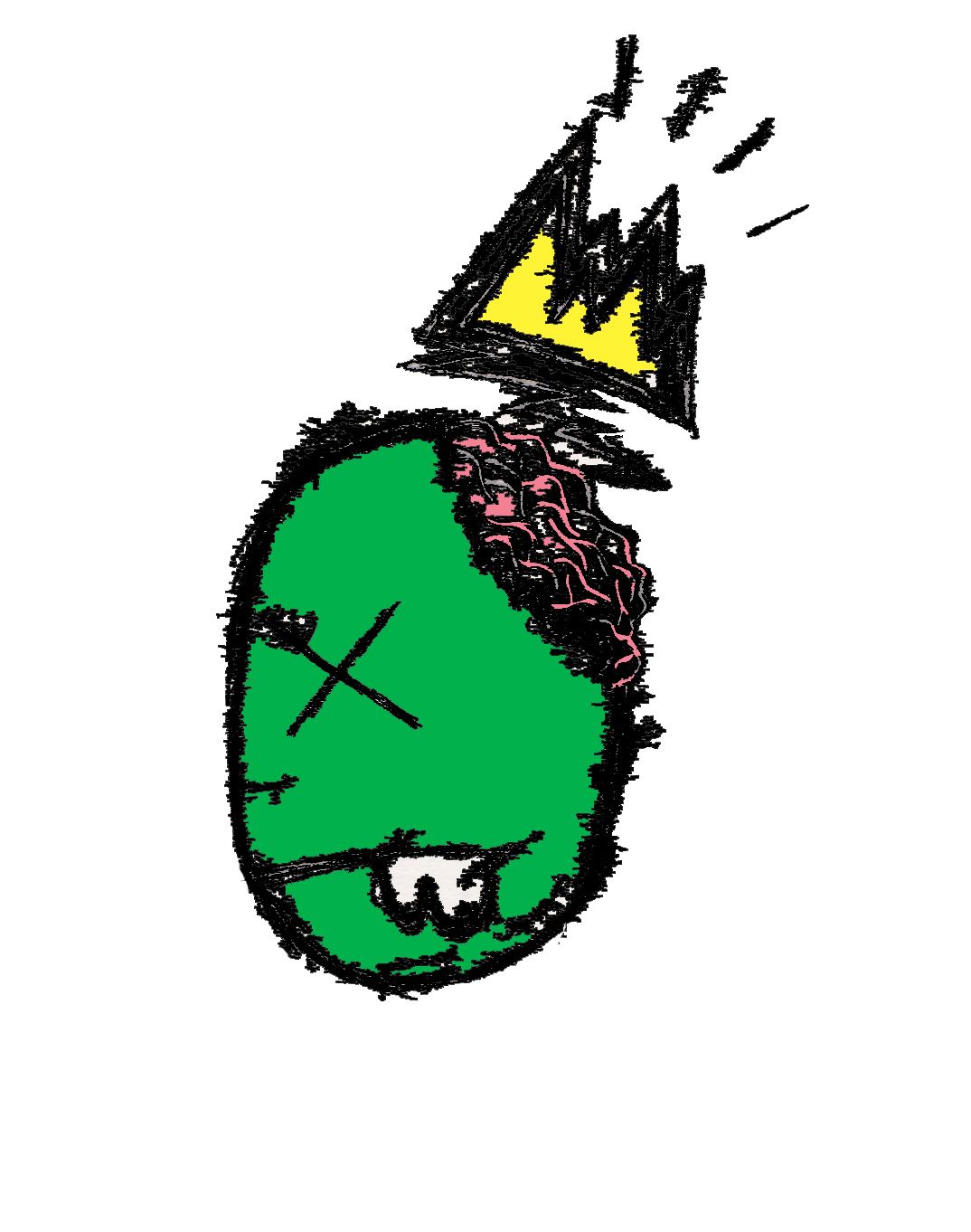


in terms of painting, what is your primary format?
i have three primaries, acrylic, casein, and spray paint.
what do each of those paint types do for you?
i think acrylic is most people’s introduction. i like the workflow with acrylic, it dries really quickly and i can do a piece in either a day or a few days. i used to work at the metropolitan museum of art and in going to galleries and museums i got this feeling of not feeling legit if i didn't tap into oil paint. all the major artists used oil and i tried to get into it, but i don't have a studio, so i was painting in my room and with ventilation etc. oil wasn't working for me. the only oil painting i’ve done so far is a small piece i gifted my father for his birthday a few yrs ago. it’s of the street where we originally lived in harlem during the 90’s.
a lot of employees at the met are artists so we would often talk about our experiences and artwork. that's what led to one of the security guards introducing me to casein, as an alternative to oil. casein is a milk-based paint. it's not that common, but i got into it and while it’s not a total alternative to oil, it’s close and works like acrylic as well. eventually i was at a point where i wanted to see what i can do off the canvas too so that's how i got into spray painting.
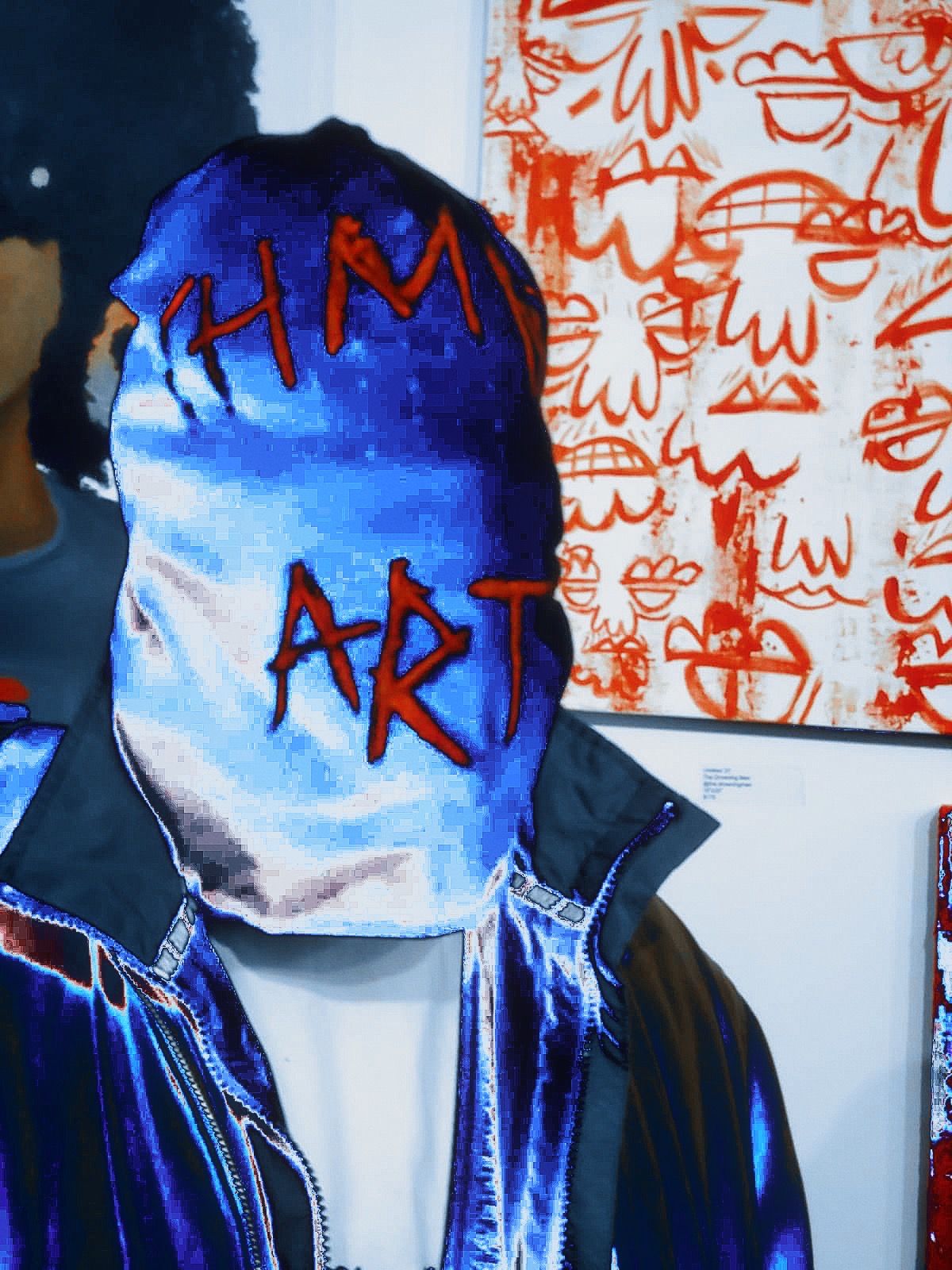
spray paint is pretty different from the other two though, right?
absolutely. it's less planned. a lot of times, my first spray strokes aren’t even what i intended, but i just go with it. so the stuff i do with spray paint definitely looks different than what i do on a canvas.
what determines the kind of paint you go with?
if i'm doing something more complex, it'll definitely either be acrylic or casing. if i do something more freestyle and want that kind of frenetic feeling, i'd go with spray paint. between casein and acrylic, it's just a matter of what i want to use on a whim, the workflow is the same for both. i'm fairly new with spray paint, so i'm still learning how advanced or complex i can make it. it's been cool learning little things as far as how to control what i'm doing with the spray paint. i also like trying different tools, like heads for the cans that help with the intensity of how fine the lines are.
so how did you get into spray paint from there?
well part of the inspiration to work off of the canvas and with spray paint came from basquiat. if you look at a lot of basquiat's work, or maybe the whole catalog, none of it is on a traditional canvas. so that inspired me to think about what can i do on other surfaces.
i worked at a rental shop when i started thinking about painting on different surfaces and since we get a lot of stuff via delivery i'd just keep the boxes and see what i could do. so one day i went to blick, and bought a few cans to work with. at first i worked on movie posters — we had a bunch of gifted movie posters that nobody was taking home. i took those and i started spray painting on them and eventually i went to cardboard. i actually do a little less spray paint because i don't have the space. but that was the cool thing about that job. i could go to the basement and have the space to do what i wanted to do.
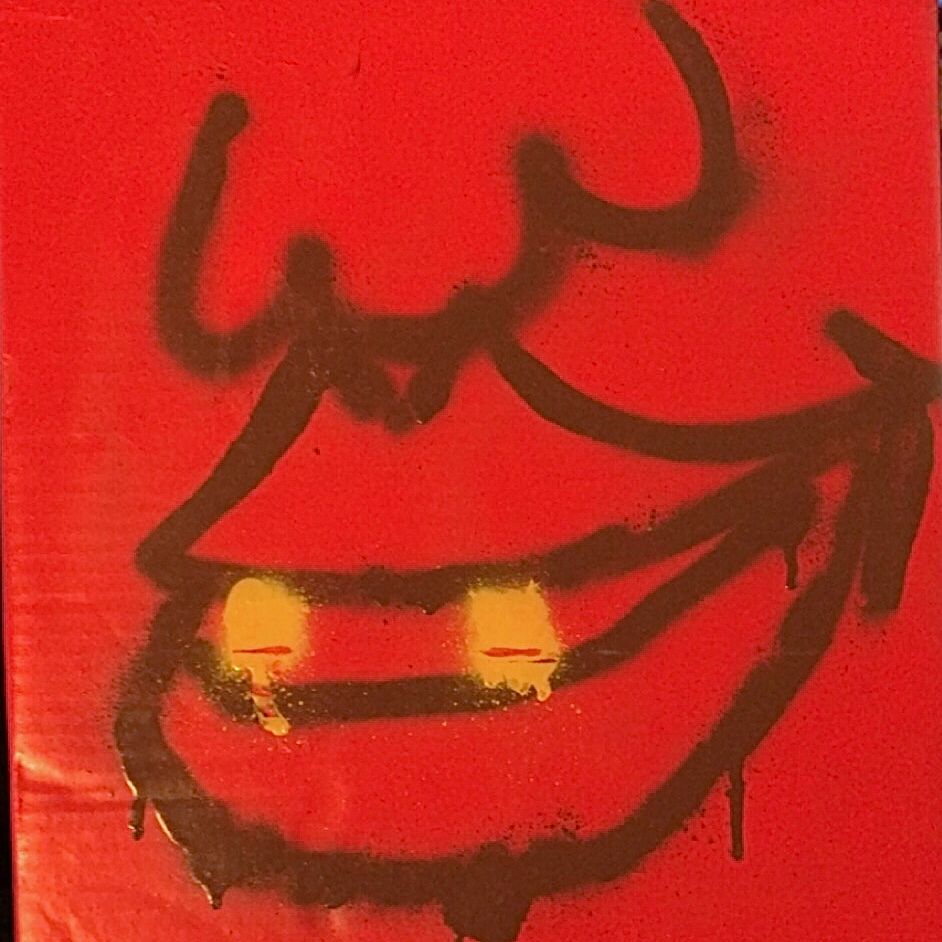
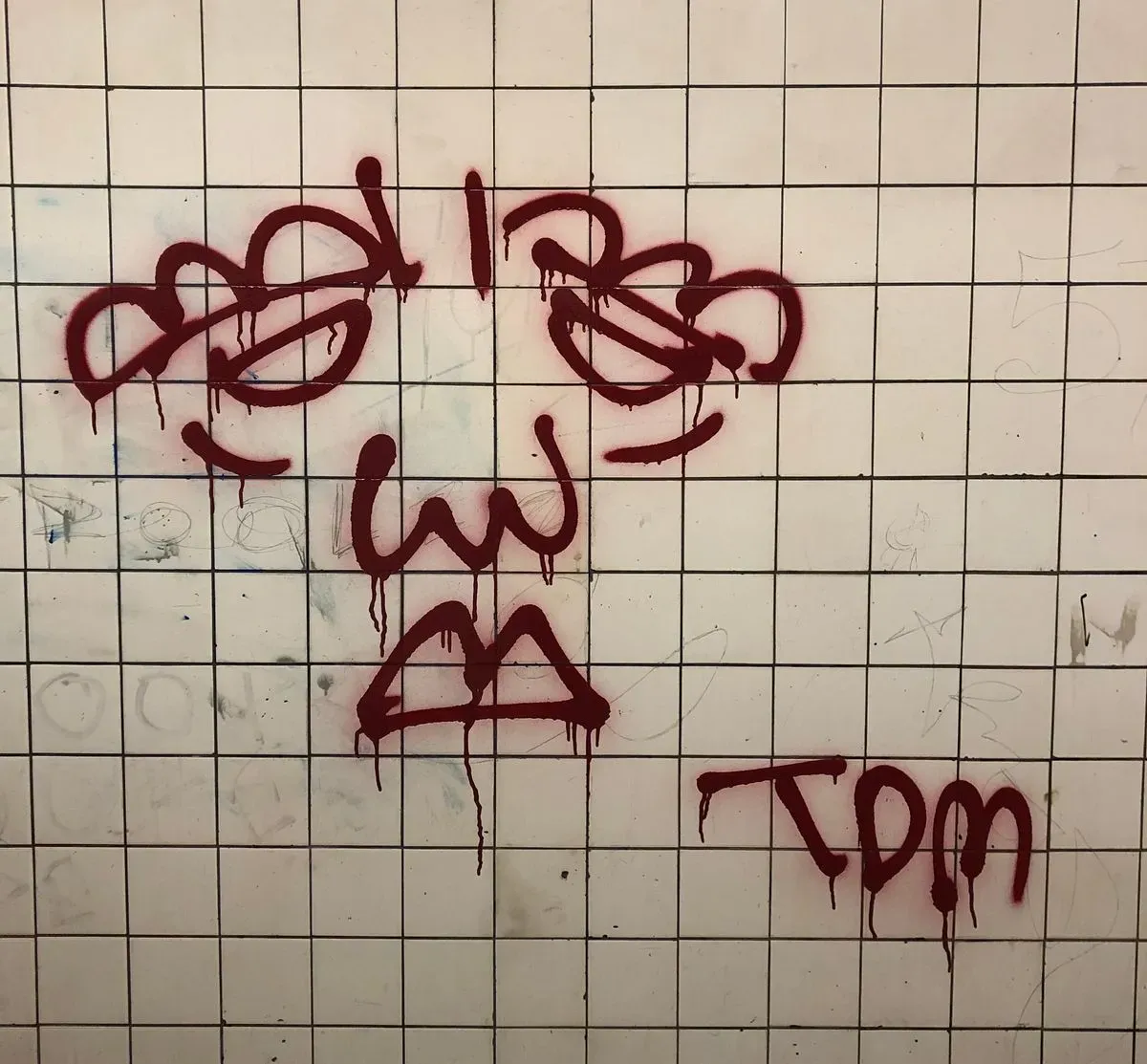

"JAH'S SMILE, drowning's profile background, and Drowning Man,hattan (REDUX)"
you said it's somewhat recent that you’re showcasing your work, what has that experience been like?
since i “started taking it seriously,” there's always that aspect of getting caught up in making your work good enough for something. it’s hard not to think, “i need to make something good enough to get into one of those chelsea galleries or i haven't done enough shows” or even something mundane like “this didn't get a lot of engagement on social media.” i try to ground myself by keeping it low stakes and not carry the pressure of thinking i have to make this amount of money, get this kind of exposure, or get into this gallery.. i appreciate any opportunities that i get. and the events for the gallery showings that i've had have been really great.
some of that still creeps in, but i try to keep that to a minimum, and i think i'm doing a pretty good job of that. i think the art world is like, it's very social and it's really just a matter of what people want to showcase at the time. don't get hung up on stuff like that. just make the best work that you can.
what's your hope for people who see your work?
i don't try to put much expectations on how people receive the work. i'm definitely interested on how people do, but i’m a storyteller, so i'm doing stuff to tell an intended story. when i'm painting, it's very personal. then when you give it to people they can absorb it however it is they absorb it. i try not to be too specific in telling people what something means or should mean — i'm more interested in how people receive it than telling them what i was trying to convey.
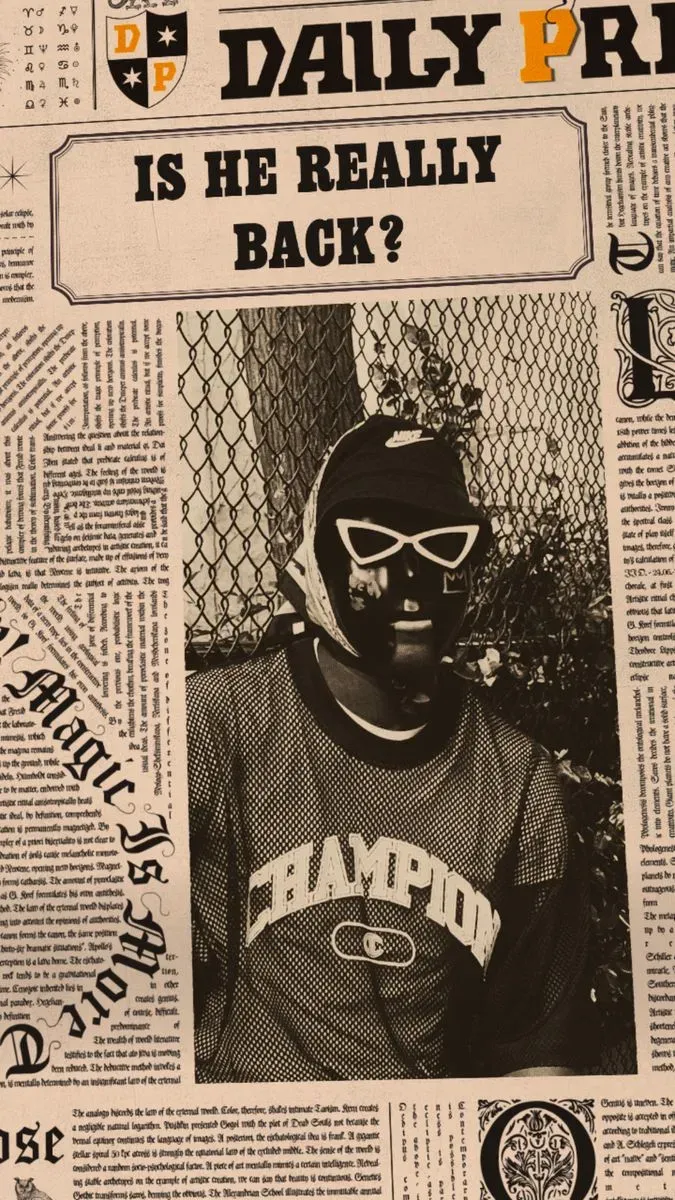
primitives is building an online space for creatives. we empower anyone to discover new creators, mint and share work, build collections, and join communities. keep up with us on instagram, youtube, tiktok, and at primitives.xyz

